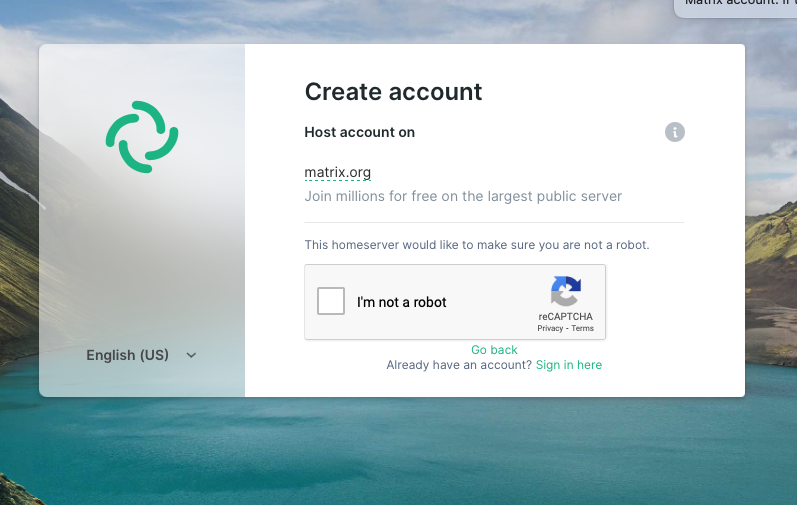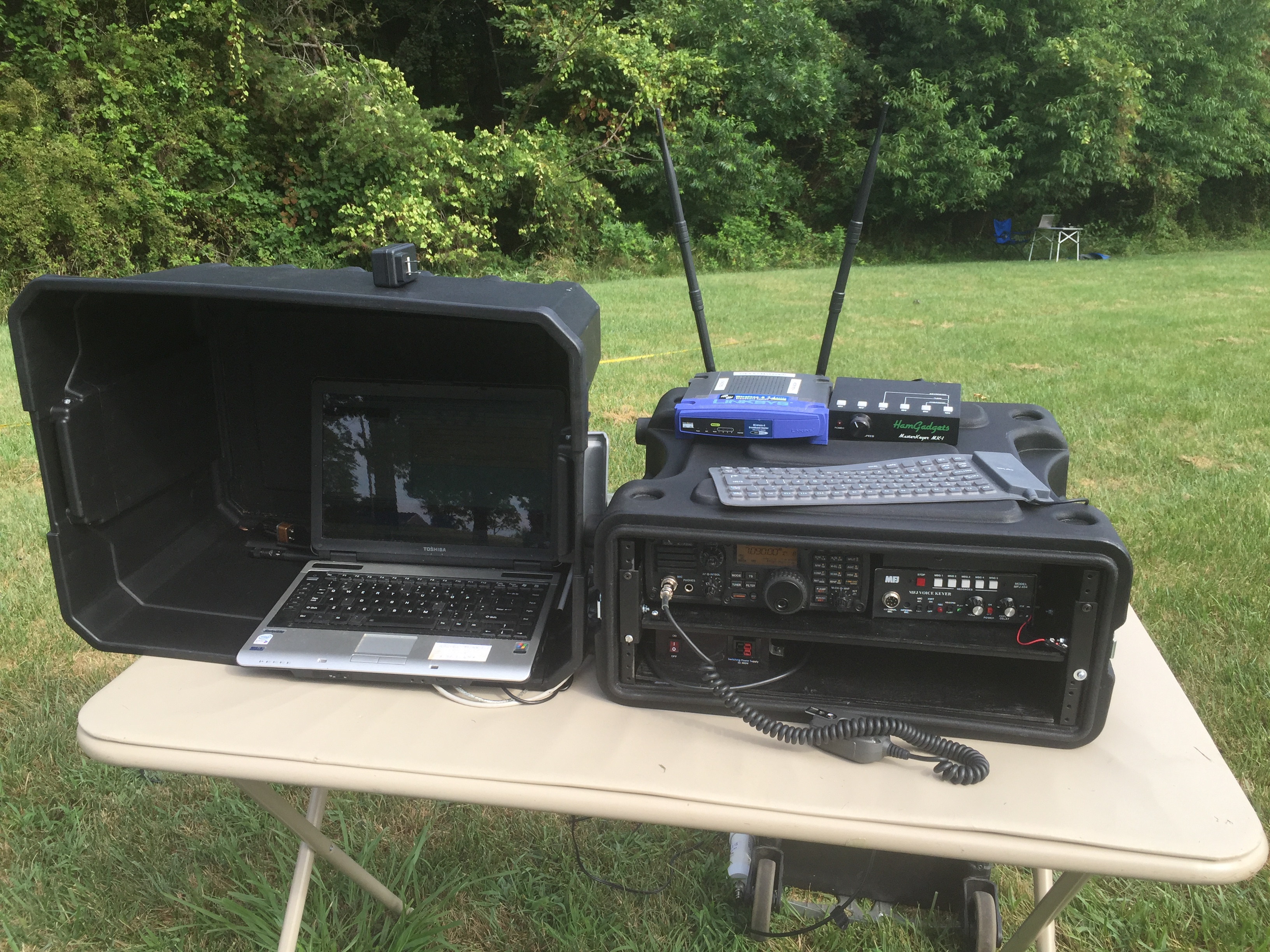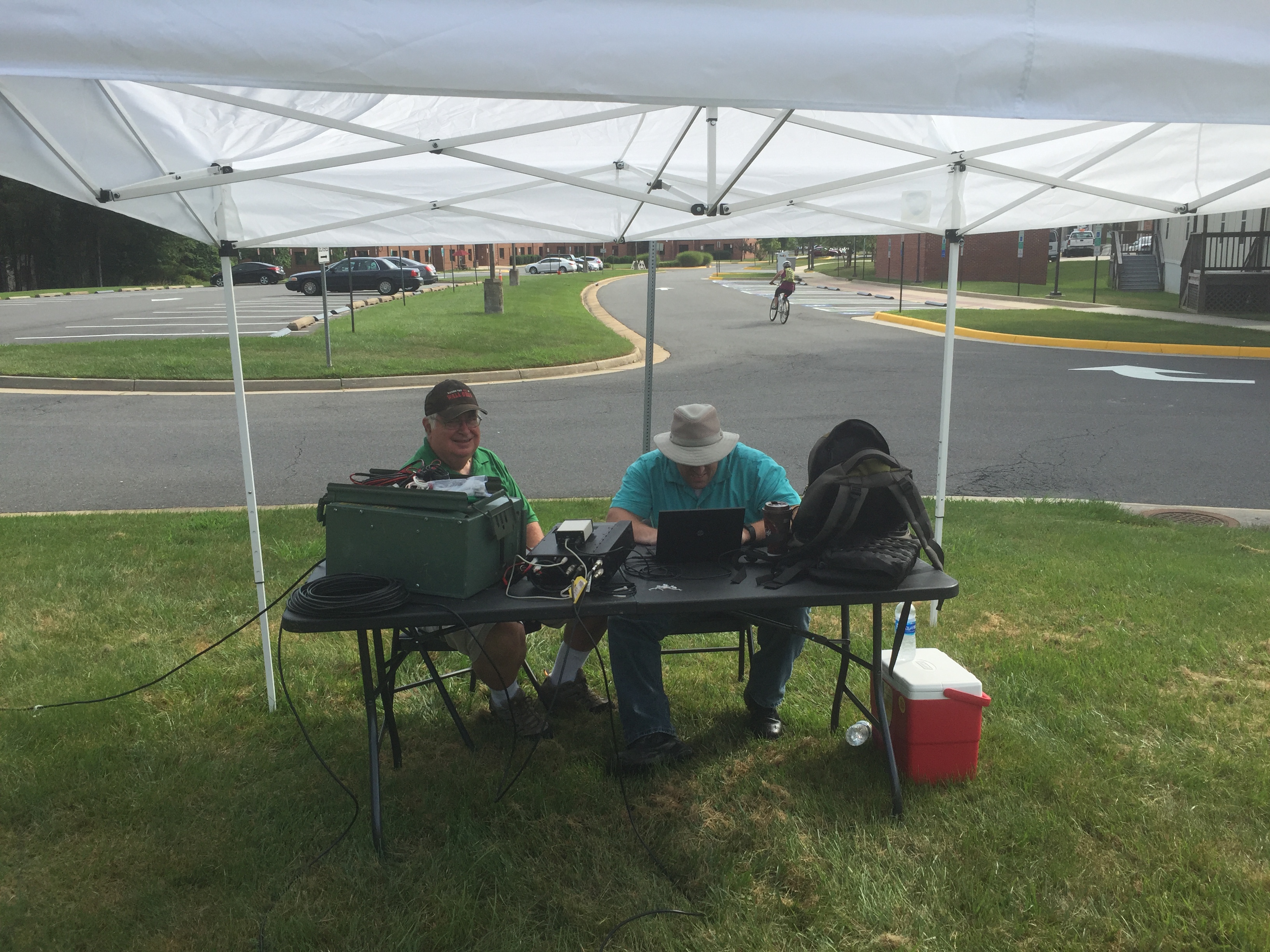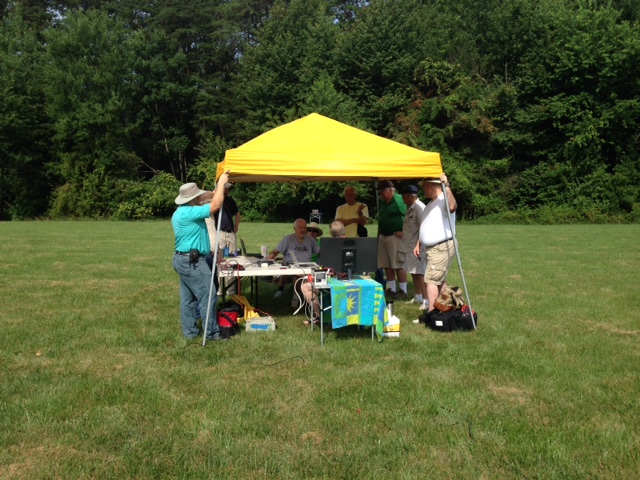On Saturday, January 20, 2024, PWCARES held their regular January Training meeting. These are the highlights.
Upcoming Events
Marine Corps Marathon Office
- Saturday, March 23: MCM 17.75 Run in Prince William Forest Park. Sign up link was sen by email with the password for the site.
- Sunday, May 19: MCM Historic Half in Fredericksburg, VA. Details will come out by email mid-March
- Saturday, August 24: MCM Quantico 12K at MCB Quantico. Sign up details will come out by email
- Sunday, October 27: Marine Corps Marathon. Sign up details will come out by email
- Saturday, November 23: MCM Turkey Trot at MCB Quantico. Sign up details will come out by email
Willing Warriors
- Saturday, July 6 (est): Vettes for Vets. Sign up details will come out by email
- Saturday, September 7 (est): Warrior Ride. Sign up details will come out by email
Other Events
- Saturday/Sunday June 22 & 23: Field Day
Action Plan
If you have not reviewed the Action plan lately, please, do so. Pay particular attention to Section 5 and Section 6.
Training
There are no major changes to our training plan. If you have not already taken the basic ICS courses (IS-700, IS-800, IS-100, IS-200) please do so. These courses do not expire, so if you already took them, there is no need to retake them. There will be some new courses coming soon.
Blinky Yellow Lights
A major update to the Virginia code that impacts us. We can now use flashing amber lights under limited conditions while exercising and working events. Specifically:
- Vehicles used or operated by federally licensed amateur radio operators (i) while participating in emergency communications or drills on behalf of federal, state, or local authorities or (ii) while providing communications services to localities for public service events authorized by the Department of Transportation where the event is being conducted;
We will be using amber lights for all our events where they make sense. If you wish to purchase your own, there are a number of options. For MCM events, people that wish to borrow a light can do so.
Workshop
The workshop discussed what you would need to bring to a long deployment. We came up with this criteria:
- A deployment where you will be away from home in excess of 24 hours
- A deployment where you will have to be self-reliant for more than 72 hours
And played with this scenario:
- It is April
- Spring flooding in SW Virginia
- Teams are being bussed from the EOC to a camp outside Roanoak
- Each position will have a radio, power, antenna, table, and chair provided
- Each operator will work an eight hour shift, with at least one of them being over night
- There will be some sort of food & beverage service along with some sort of sanitary facility at the camp
Three hours before departure, we get the following update:
- We are in the first wave
- Showers are expected over the next 24-48 hours
- Temperatures over the next five days are middle 40s to low 50s.
Some of the points we covered included:
- Shelters – are we providing them, are the camp? Do we need to make coordinate with each other on what we bring? Certainly coordinating would be valuable. Also we might need some sort of shelter at our operating position
- Lights – we may need lights at our operating position and some way to refresh them (batteries, charging, etc.)
- Food – we should not assume we are getting more than PB&J sandwiches for food. So what are food options we can take with us?
- Sanitary facilities – Could be slit trench. Could be running water. We don’t know. What would we need to have in our bags?
These were only some of the things we covered. There are several other things to consider.
Web Links
- Humanitarin Rations (MRE)
- Heater Meals (MRE)
- Backpacker’s Pantry (Freeze Dried Food)
- Heather’s Choice (Freeze Dried Food)
- Datrex Emergency Rations (Emergency Rations)
- Bamboo “coins” (Cloths)
- MRE Toilet Paper (TP)
- Light Weight Lights (Lights)
- String Lights (Lights)



















